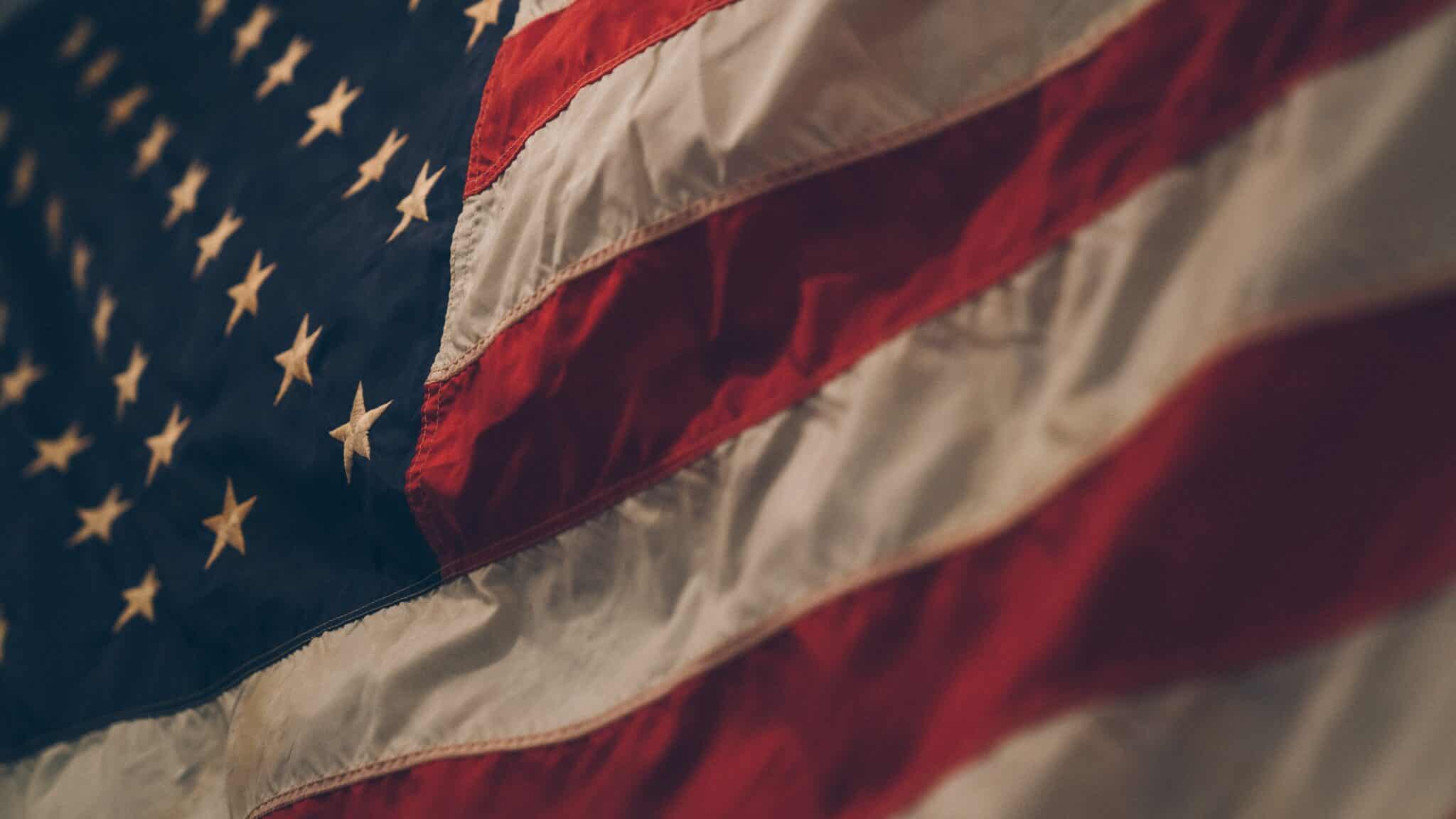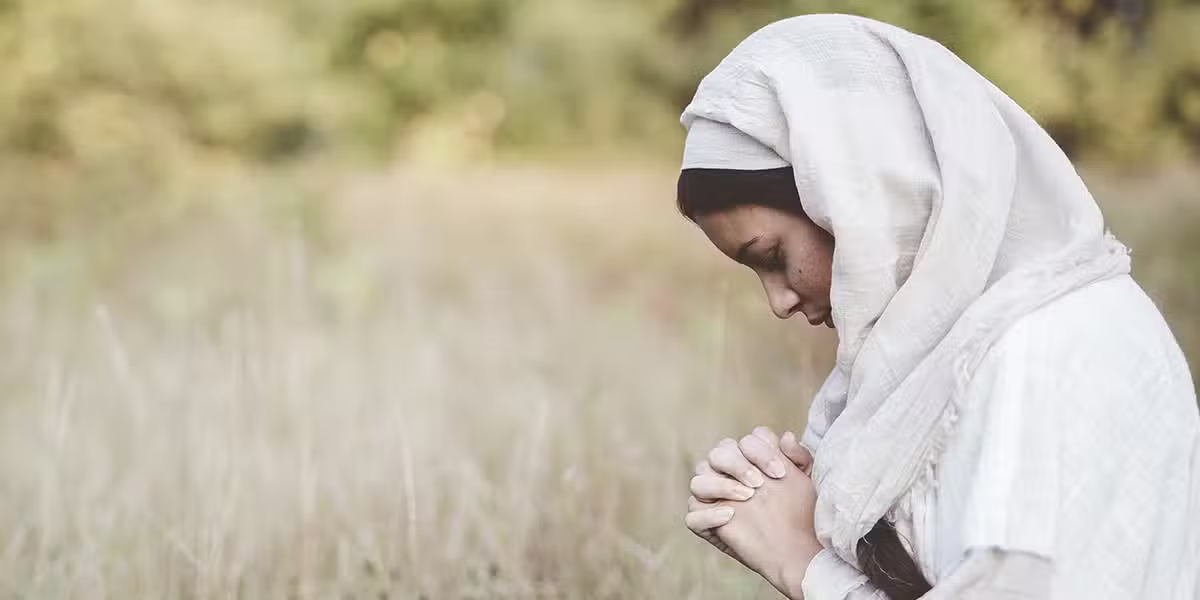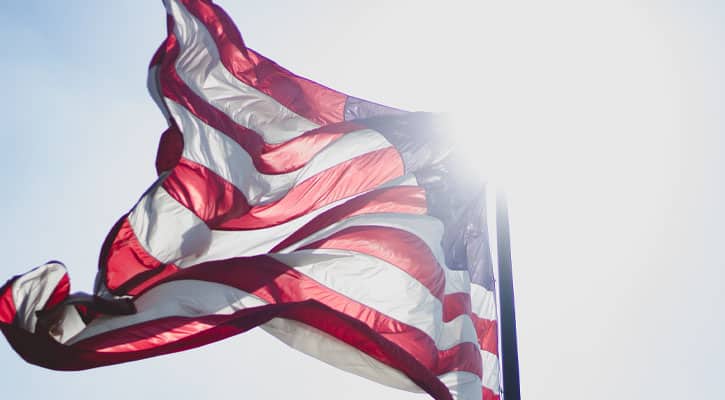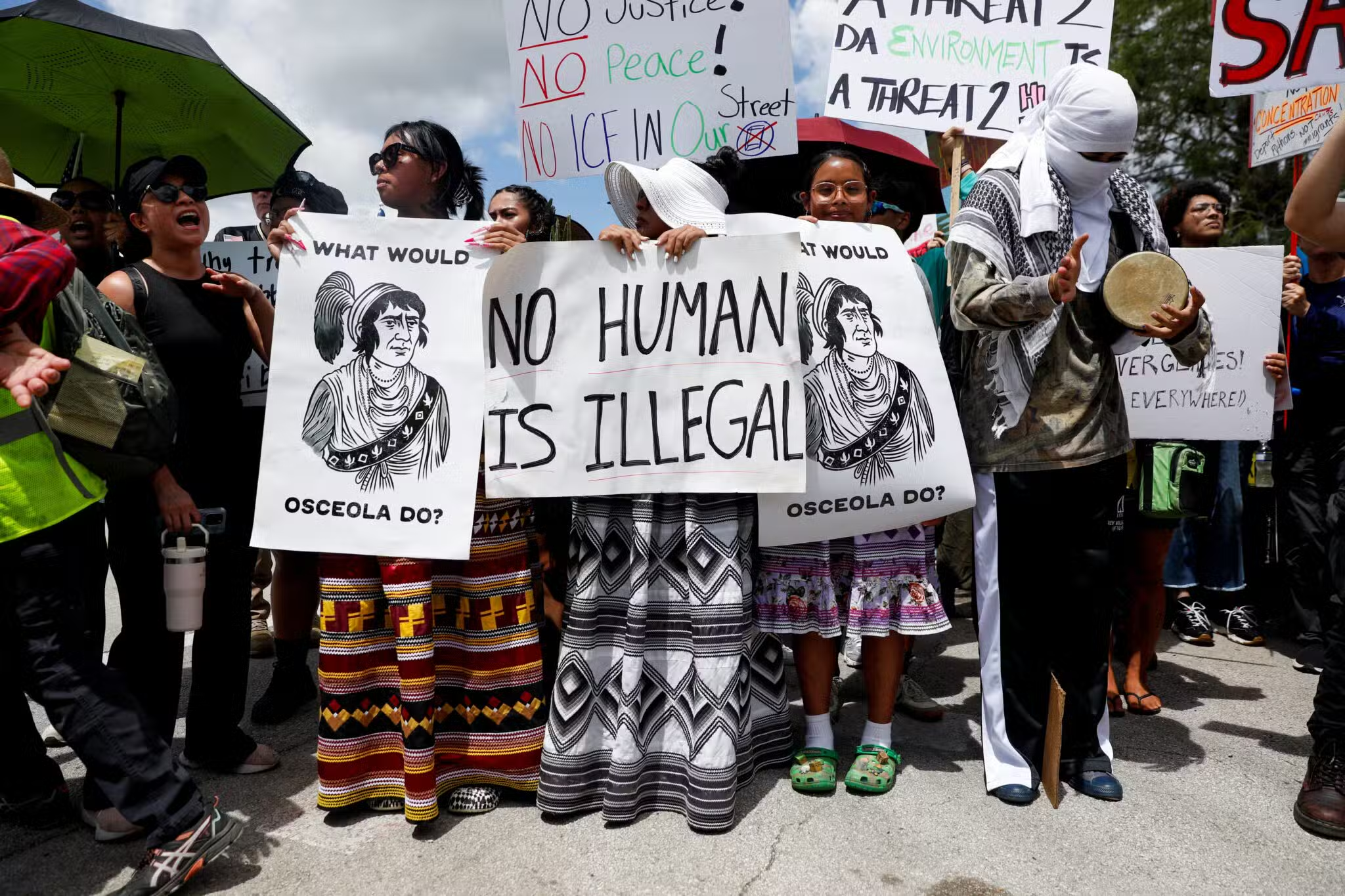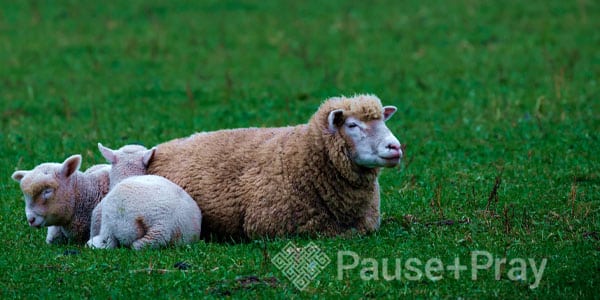I recently drove a couple hours down the highway on a great adventure. I live in an old home. Previous owners had discarded the doors that once separated the downstairs rooms. I wanted to fill one large opening with something from an antique salvage store. I found two broken and beaten old French doors covered in dust that I figured would be perfect for my house. I called my wife to share the good news. Amy wanted to know how broken and beaten the doors were. I assured her that I could restore them.
With Amy’s blessing, I purchased the doors, secured them in my truck, and drove a short distance to my cousin Ned’s home. Ned is twenty years older than me. I love him very much. He and his wife, Jean, live in a 132-year-old schoolhouse, an historic landmark. Both Ned and Jean have many interests, most especially old stuff. Ned dusted off a pane of glass from my French doors, and much to his delight, found the waves and imperfections that dated the glass as late nineteenth-century.
“Have you read Charles Mann’s 1491?” Ned asked. I had not, but I explained that I had studied many of the original documents surviving from the Spanish Catholic era of Columbus. Ned invited me in for dinner. We talked about the beginnings of Catholicism in this hemisphere, noting that the story of the late-fifteenth- to early-sixteenth-century Spanish conquistadors was absolutely brutal. In God’s name, whole peoples were wiped from the face of the earth.
Yet there were a few edifying parts of that story, as well. I told Ned how I remembered watching the movie The Mission, which appeared when I was teaching high school religion in 1986, and then saw Black Robe, which came out five years later as I began doctoral studies. I learned a lot from these depictions, which inspired me to conduct some serious scholarly research on that era. Ned remembered how much he enjoyed the music from both films. “A lot certainly happened before Catholics finally landed in Maryland,” Ned mused. I agreed.
A Piece of the Catholic Story
Then the issue of slavery came up. Ned and I always seem to talk about this. Slave cabins owned by our ancestors still stand, while our family tree includes slaveholders and slaves alike. Ned and I know this. Most other relatives don’t, or simply prefer not to talk about it. Years ago Ned encouraged me to write about it. Other historians have mentioned slavery as part of the Catholic story, usually in some kind of Civil War chapter. I have come to realize that the contribution of enslaved persons, along with many indentured servants, began the moment Catholics landed at Maryland in 1634 and extended well beyond the Civil War.
Ned grew up near those slave cabins in the heart of what many Catholics call the Kentucky Holy Land, that is, the area in central Kentucky in and around Bardstown. So did my mother. She taught me early on that Kentucky Catholics contributed mightily to the early growth of the American Catholic Church, second in influence only to Catholic Marylanders. After dinner, Ned and I moved into the original section of his home, the room that was used as the school’s classroom. Ned and Jean have decorated this space with family heirlooms from our early Catholic pioneers. We began to talk about the institutional growth of the United States Catholic Church. I now knew I would have to spend the night. I called Amy, and she said it was OK.
I grew up and still live in northern Kentucky, where nineteenth-century Irish and mostly German Catholic immigrants built the Church. Well into the evening, Ned and I marveled over how much the Church changed after the United States moved from a largely slave-based to an immigrant-based economy. I attend Covington, Kentucky’s St. John Church, which was an early extension of Covington’s German Muttergottes Gemeinde, the Mother of God parish. As seen in the beautiful architecture of St. John’s, along with countless other immigrant churches spread out across the country, immigrants from various nations brought and still bring tremendous skills to the United States and to the Catholic Church. I invited Ned to see St. John’s at Christmastime.
Amid the early waves of European immigrants, Catholic leaders tried to address the injustice of slavery, Catholic sisters cared for the wounded on Civil War battlefields, wealthy Catholics donated freely to Catholic causes, and Catholic bishops stood beside the poor and working class victimized by the industrial age. Ned recalled that the portrait of our great-great-uncle, the bald-headed scary-looking Bishop John Lancaster Spalding of Peoria, Illinois, hung above the family fireplace as Ned grew up. I reminded Ned that Bishop Spalding was an incredibly influential Catholic leader from the turn of the century whom Blydie, our grandmother and Spalding’s niece, lovingly called “Uncle Bishop.”
Jean went to bed about the time Ned and I landed the conversation in the twentieth century. We raced through two great wars, pausing to retell how a water mine killed our uncle (my namesake) days after D-Day. Throughout such horrors American Catholic bishops, along with some prominent lay Catholic leaders commanded all people to respect the dignity of all human beings. Then dawned the 1950s, which Ned lived through, and the experience of Vatican II, which constituted the Church I was raised in. As I fell asleep in Ned’s extra bedroom, I marveled over the wonderfully complex and grace-filled American Catholic story.
God Is Alive in History
The next morning Ned offered me a small Victorian couch. It had belonged to Blydie, our grandmother. Blydie had inherited it from her mother, Nannie, who had gotten it from her mother, Mary Jane Lancaster Spalding. I was thrilled to receive the piece. After some restoration, it will live on in my daughter Caroline’s bedroom.
I grew up with antiques, including items carried by my Catholic ancestors from Maryland into Kentucky some eight generations ago. My little brother and I once played baseball with pillows in the living room. The game ended when my homerun dislodged a hundred-year-old porcelain teacup. Mom picked up the pieces. Friends recommend that I have the cup restored. I prefer to keep the pieces in the same bag Mom placed them in. It helps me tell the story, and helps my children learn to not play baseball in the house.
In grade school, I memorized the family tree seven generations back. One relative, Mother Catherine Spalding, helped to establish the Sisters of Charity of Nazareth, Kentucky, in 1812. During the Civil War, my greatgreat-great-uncle, Martin John Spalding, served as archbishop of Baltimore, the first Catholic diocese of the United States. And Archbishop Spalding’s nephew, Bishop John Lancaster Spalding of Peoria (that is, Uncle Bishop), founded the Catholic University of America in Washington, D.C. in 1888. The portrait that he signed for his “beloved niece,” Blydie, hangs near the couch where I read stories to my children.
Pictured above the same couch are numerous other relatives, including my Grandmother Blydie. Of all the ancestors, Blydie may have best embodied the Catholic faith. Widowed at thirty-six years of age, Blydie lost two (and almost lost four) of her six children, but she carried on with the dignity of a faithful Catholic who believed that death was not the end. Ned often escaped the turmoil of his childhood to find peace in Blydie’s home down the street. Heirlooms were sacred to Blydie. My caring for Blydie’s things, along with, now, the memories of Mom and Dad and many other relatives, helps keep my Catholic communion of saints alive. Preserving the past is in my blood.
While earning a Ph.D. in American Catholic history, my professors equipped me with the critical tools of storytelling, insisting, for example, that historical investigation tell the whole truth, good, bad, and everything in between. Four years teaching high school religion and twenty-one years teaching university theology has further convinced me that religious history must involve more than recounting old events. Catholics proclaim that God lived on this earth as Jesus and that God continues to guide the church through the Holy Spirit. In other words, God lives in history. Part of me has known that since I was a child.
This blog is taken from the book American and Catholic: Stories of the People Who Built the Church.


